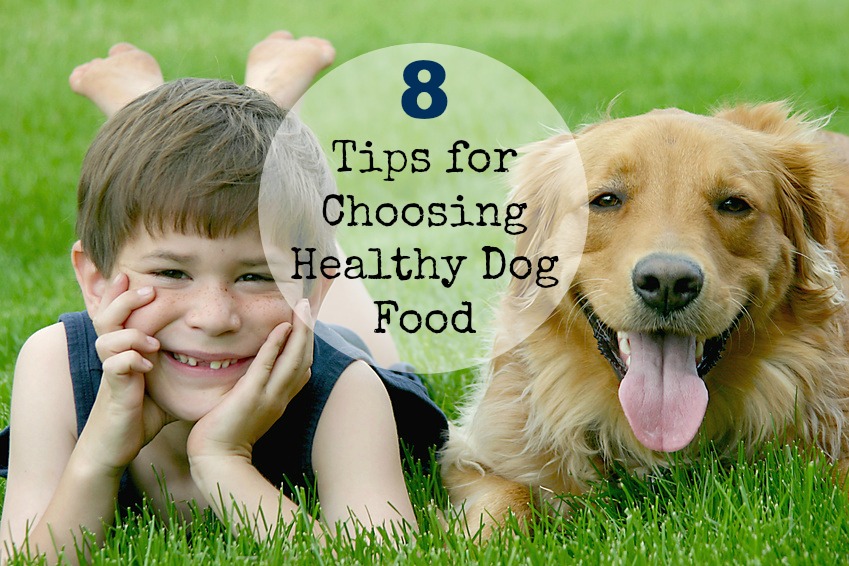October is my favorite time of the year. The disappointing performance by the Red Sox put a big damper on my usual October obsession with baseball playoffs, but there are still plenty of October highlights to look forward to. The leaves are beginning to change colors (they never disappoint), Halloween is on the horizon, routine is back on track and the dry weather brings on plenty of “good hair” days. October is also National Pet Wellness month, an annual event that encourages year-round pet wellness and owner education.
We have a 12 year old chocolate lab that rules the roost. She has free rein to climb on furniture, track in mud and sleep in our bed. She’s been through it all with us and still manages to provide us with that unconditional love that dogs are so wonderful at giving.
Over the years we’ve searched high and low for a dog food that’s full healthy ingredients, but free of toxins and harmful chemicals. The number of choices are overwhelming, each claiming to be the best.
Here are a few tips to help you choose the best commercially packaged dog food for your pet:
- Carefully read the ingredient label on the package.
- Look to see where the meat (i.e. chicken) is listed on the label. The closer it is to the beginning of the list the more actual meat used in the product. Protein is the most vital substance in a dog’s diet. You want a quality meat product.
- The type of meat should be specified. If the label says “meat” without specifying the type, don’t buy the product.
- Avoid any products that list a “by-product” of any kind.
- Avoid products that list “meal” instead of an actual meat. I have read some conflicting information on this and thedogfoodscoop.com [2] says that meal isn’t necessarily inferior to fresh meat.
- Check where the fat is coming from. The dog food should specify the source of the fat-which meat or oil it’s coming from.
- Avoid dog food with grains as a top ingredient. Most commercial dog foods contain grains-and lots of them. There’s a lot of debate as to whether grains should be part of a dogs diet. Some claim [3] that dogs do not have the digestive system to cope with grains and grains are one of the biggest sources of allergies in dogs.
- Don’t buy dog foods with added chemicals, food preservatives and synthetic colors.
We use Wellness Super5Mix Healthy Weight Recipe [4] for our chocolate lab. She would eat anything-most labs would-but this food keeps her at a good weight and provides her with the nutrition that she needs to stay healthy and energetic.
In addition to her dry dog food we also feed her raw vegetables. Bananas and carrots are her favorites. There are a few foods that are big no-no’s (don’t ever feed these to your dog):
- Onions and garlic
- Avocado
- Chocolate
- Grapes and raisins
- Dairy
I have always been intrigued by raw diets-both for humans and dogs-but have never taken the plunge.
Here are some reasons to go raw:
- Feeding raw is cheaper than commercial dog foods.
- It’s what your dog would eat if it lived in the wild.
- Cleans teeth naturally-by chewing raw, meaty bones.
- Less visits to the vet because your dog is healthy.
In honor of pet wellness month-this month and every month, take steps to keep your pets healthy. If you’re looking for natural ways to prevent fleas and ticks click HERE [5]. Also, check in with Healthy Child Healthy World and their information on pesticides in pet products.
What type of food do you feed your pets? Have you tried a raw diet?
Disclosure: There is an Amazon link in this post. If you purchase the product it will place a few pennies in my pocket. Thanks!
